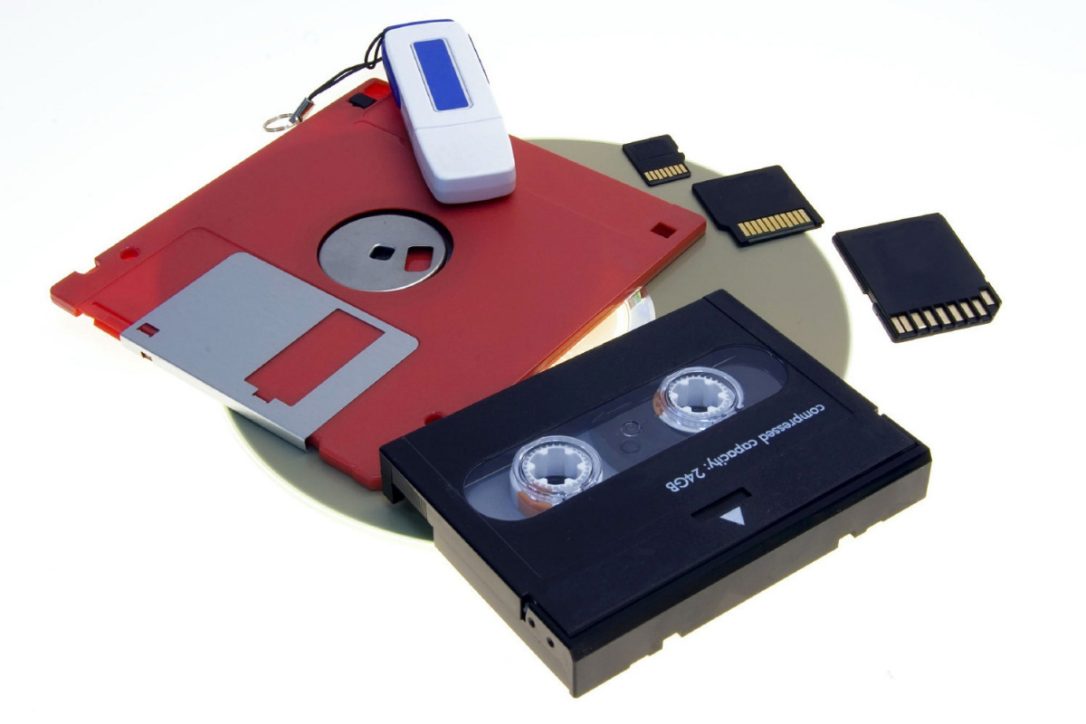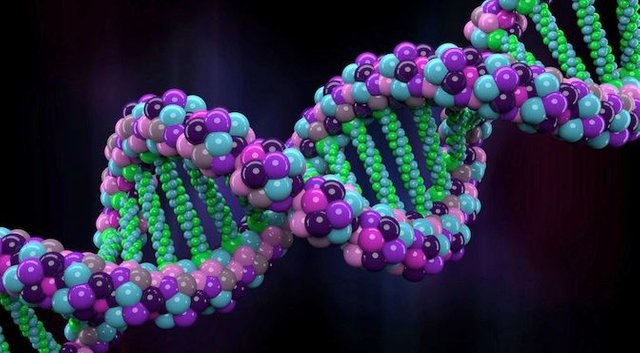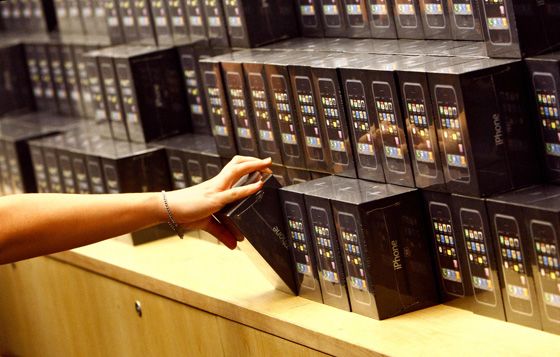From flash drives to flesh drives: scientists develop new DNA encoding process
I grew up in a very weird time technologically. Folk of my generation are one of the few that clearly remember the old analog way of doing things (rotary telephones, record players, tape decks, 5 1/4" floppy disks) as much as we remember each new major breakthrough that came out (cell phones, CD/DVD/Blu-ray players and recorders).

Source
The best way to really demonstrate the range of technological development I've seen is in looking at digital storage methods. From the 1980s well into the late 1990s/early 2000s, the 3/5-inch floppy disk was the most affordable and ubiquitous portable data storage choice out there. Whether it was your English Lit final exam that you had to print out at the computer lab or just a text file filled with phone numbers for different local BBSes, your little floppy was perfect as it held an amazing 1.44 megabytes of data - more than anyone would ever need, right? Plus you could get a pack of five for like $10. What a bargain!
Meanwhile look at today. Even the cheapest, most fly-by-night USB flash drive companies out there can provide you a USB stick with 16 gigabytes of storage for anywhere between ten and thirty bucks. These drives have more storage capacity than your high school's entire bank of old IBM PS/2 desktops in its computer lab.
That's why this next story just blew my god damned mind. A couple of scientists from Columbia University and the New York Genome Center have figured out a method for encoding DNA with binary data in a way that it can be retrieved with a zero error rate. That by itself is freaking amazing, but here's the kicker: using their new method, the scientists estimate that a single gram of DNA can be encoded with 214 petabytes of data.
1.12 giga-whats!?

Source
Do you have any idea how big a petabyte is? Yeah of the top of my head neither did I, so I looked it up.
A petabyte is the next level up from terabyte when it comes to measuring memory capacity. If you've got a 1 terabyte hard drive in your computer, for example, that's the equivalent of 1024 gigabytes - or 8 fully-loaded iPhone 6 handsets.
Meanwhile, a petabyte is 1024 terabytes - or the storage capacity of 8,192 iPhones. So a single petabyte of data is pretty freaking huge. That's a lot of high-resolution stupid cat pictures.
Now, imagine how much data is in 214 petabytes. Yeah, it's a lot, isn't it?
1,753,088 iPhones' worth of data storage. More than 1.75 million iPhone 6 handsets, contained in one gram - that's 0.035 ounces. Put that in your flash drive and smoke it, buddy.

Source
Don't get too excited though. While the new process has been proven to work - and flawlessly, I might add - it's still not cost-effective or fast. It took $7,000 to create the DNA data archive - which consisted of an old Windows operating system, a $50 Amazon gift card, a short French film, the text of a scholarly study from 1948, a computer virus, and a Pioneer plaque. It took a further $2,000 just to read and decode the DNA once they got it synthesized.
All in all, not exactly cost-effective to read something like 2000 megabytes of data. The thing is that they did it - and they did it in such a way that the encoding process is incredibly efficient. Considering how DNA can be kept readable indefinitely if it's stored in a cool, dry place. You can't say that about the digital storage methods we have today, which will eventually grow obsolete as the decades pass.
Seriously - how many laptops or desktops today come with a 3.5-inch floppy drive? Not only that, how many even come with a DVD drive any more?
I'm sure it's only a matter of time until this storage solution gets more efficient and affordable - and quicker. Maybe by the end of my lifetime, we'll have DNA-based "flesh drives" dangling from our keychains - who knows?